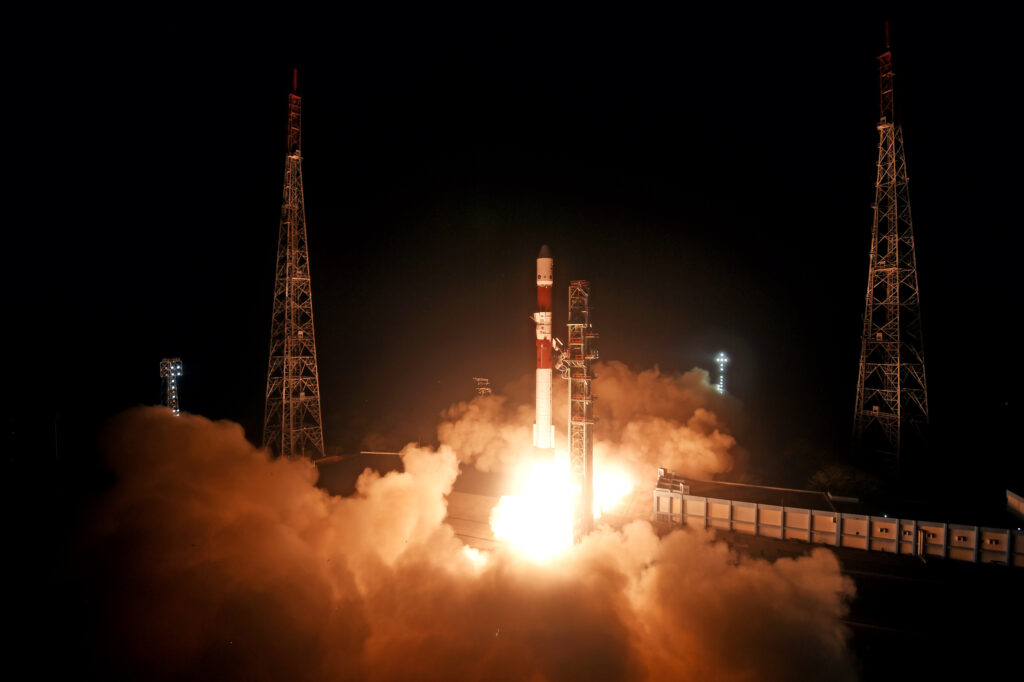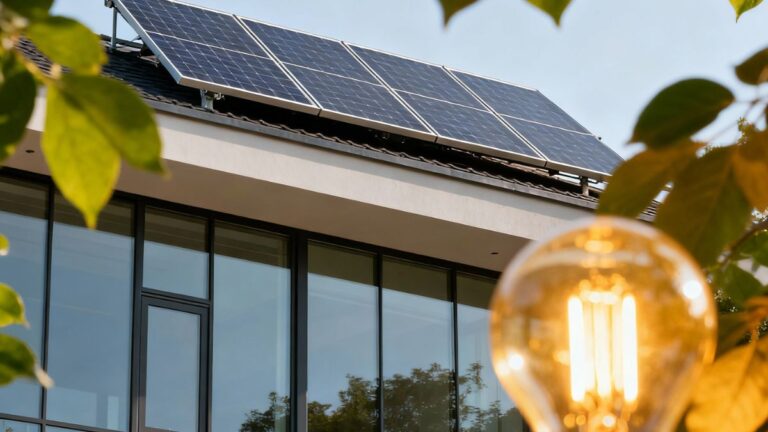
The Space Docking Experiment (SpaDeX) mission, launched by ISRO on December 30, 2024, using PSLV-C60, aims to demonstrate critical technologies for spacecraft rendezvous, docking, and undocking. This mission, involving two satellites (SDX01 and SDX02) and 24 experimental payloads, is a significant step toward India’s advanced space missions, including lunar exploration and space station development.
1. Mission Overview
- Mission Name: Space Docking Experiment (SpaDeX).
- Launch Vehicle: PSLV-C60.
- Payloads: Two SpaDeX satellites – SDX01 (Chaser) and SDX02 (Target), along with 24 experimental payloads.
- Launch Site: Satish Dhawan Space Centre (SDSC), Sriharikota.
- Launch Date: December 30, 2024.
2. Objectives
- Demonstrate spacecraft rendezvous, docking, and undocking technologies.
- Technologies mastered by only a few elite spacefaring nations like USA, Russia and China.
- Key for future missions such as:
- Indian astronaut missions to the Moon.
- Lunar sample return missions.
- Building and operating the Indian Space Station.
3. Mission Details
- Satellites Weight: Each weighs about 220 kg.
- Orbit: Placed into a 475-km circular orbit.
- Deployment: Solar panels deployed successfully.
- Sequential Process:
- Incremental inter-satellite separation of 20 km within a day.
- Gradual approach to docking through phases like Far Rendezvous (20 km), Near Rendezvous (500 m to 3 m), and docking.
- Docking Timeline: Expected between January 7-10, 2025.
4. Strategic Importance
- Enhances India’s technological capabilities for space docking.
- Essential for building advanced space missions and infrastructure.
5. Supporting Payloads
- 24 PS4-Orbital Experiment Module (POEM-4) payloads.
6. What is Space Docking?
Space docking refers to the process of two spacecraft meeting and connecting in orbit. It involves precise maneuvers to bring one spacecraft (Chaser) close to another (Target) and establish a secure physical and operational connection.
Key elements of space docking include:
- Rendezvous: Gradually reducing the distance between the two spacecraft through orbital adjustments.
- Docking: Physically connecting the spacecraft to enable the transfer of crew, cargo, or fuel.
- Undocking: Safely separating the spacecraft after completing the mission.
Applications of Space Docking:
- Constructing and maintaining space stations.
- Refueling or repairing satellites and spacecraft.
- Enabling crew or cargo transfer during deep-space missions.
- Facilitating sample return and reusable spacecraft missions.
ISRO’s SpaDeX mission demonstrates India’s ability to master this critical technology, essential for ambitious space exploration projects like manned lunar missions and space station operations.
7. Key Officials
- ISRO Chairman: S. Somanath.
- Director, U R Rao Satellite Centre: M. Sankaran.
8. Additional Highlights
- Demonstrates PSLV’s precision in placing satellites with a relative velocity adjustment.
- Incremental docking strategy to ensure precision and success.
Follow Fusion IAS


